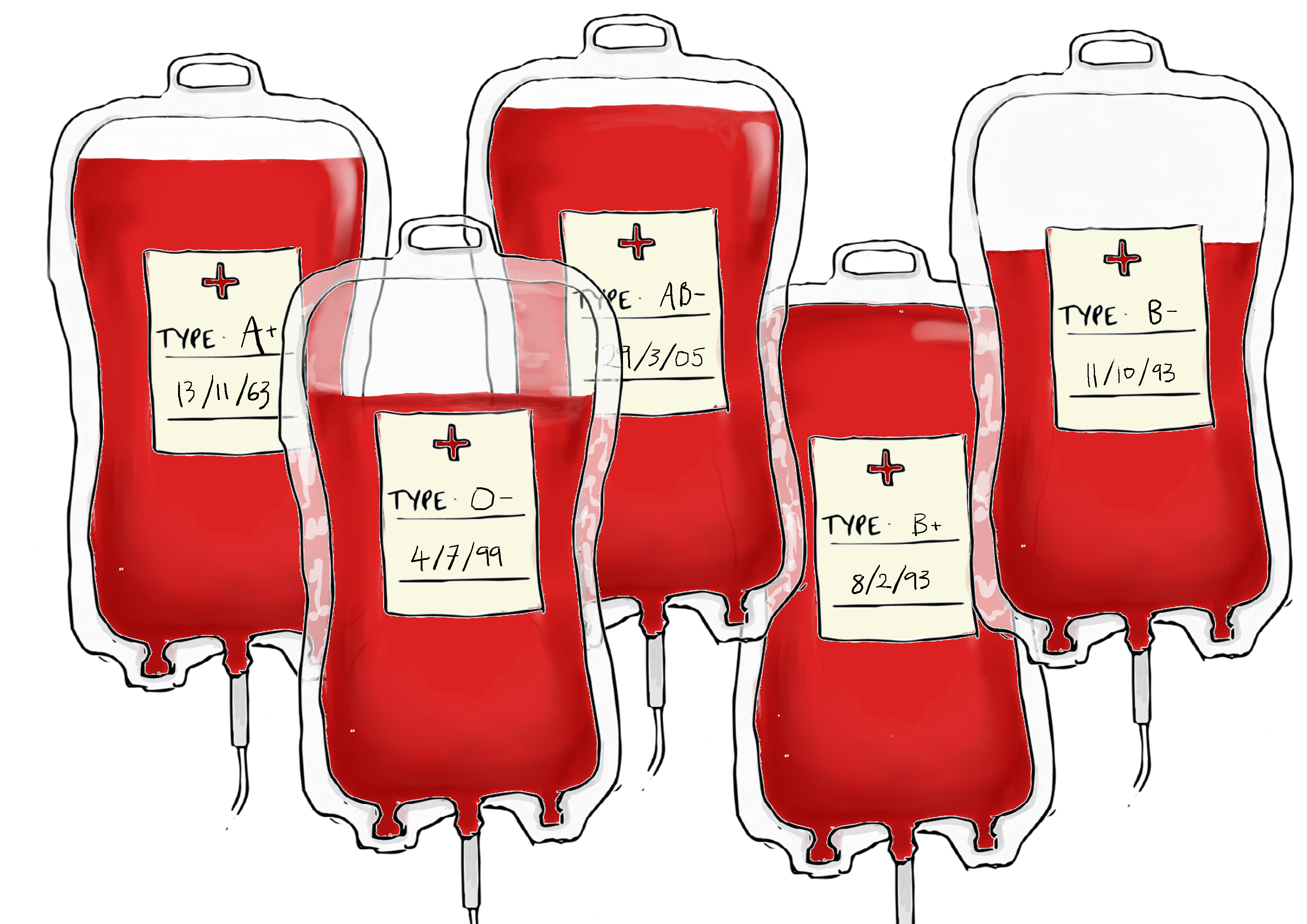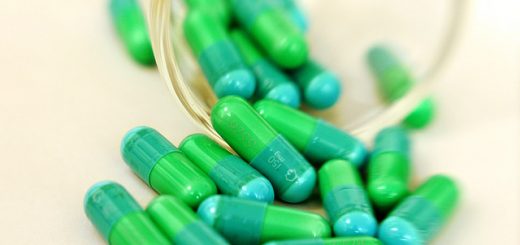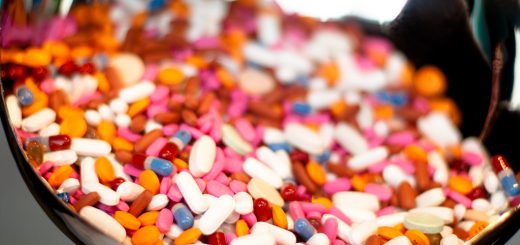Young Blood Defies Ageing

As a society, we are continuously looking for the next anti-ageing “solution”. The California-based company Alkahest is developing therapies from blood to try and improve vitality later in life. At the end of 2016, the company presented work at the Society of Neuroscience annual conference demonstrating that blood plasma from teenagers could reverse some of the effects of ageing in year-old mice (equivalent to approximately 50 year old humans). Researchers found that injecting mice with the blood plasma twice a week for three weeks was sufficient to improve the mental and physical abilities of these mice compared to an untreated control group. The mice moved at a faster pace and were able to better remember their way around a maze. Sakura Minami, who presented the work, claims that the treated mice achieved similar scores to that of young mice, implying there had be rejuvenation.
Although seemingly novel, this idea is in fact built upon previous experiments from as far back as the 1950s. Clive McCay of Cornell University performed a procedure called parabiosis where the circulatory system of two rats was physically connected via surgery. Natural wound healing of the old and young rats allowed mixing of the pair’s blood. McCay observed the bone density and weight of the older rats became similar to that of the younger rats, and their lifespan was increased by about 5 months. As regulation of animal use in research tightened, parabiosis largely fell out of research practice until a few years ago (although its use is still restricted). Currently, mice are sex, size and genetically matched and are socialised for two weeks before the surgery, which is performed in sterile conditions with anaesthetic and antibiotics. They are able to behave, eat and drink normally, and are successfully separated after.
Amy Wagers, a stem cell researcher at Harvard University, later learnt of the technique and decided to apply it to her own ageing research. The experiment was carried out in old and young paired mice and produced some amazing results. Within five weeks, Wagers saw regeneration of liver and muscle cells of the older mice at similar rates to that of the young mice. These experiments provided key evidence that young blood, or more accurately one or more factors in the blood, is able to stem the symptoms of ageing. Another group from Stanford University School of Medicine lead by Tony Wyss-Coray carried out parabiotic studies on mice to find that older mice which had been paired to young mice performed significantly better in standard laboratory tests of spatial memory. This indicates that young blood is able to improve both the physical and mental abilities of older mice.
But what is actually happening in the brains of the mice who receive young blood plasma? Wyss-Coray concentrated on the area of the brain called the hippocampus. This structure is important for both short and long-term memory and is known to reduce in size during the normal ageing process. The team found that both the density of neurons and their plasticity (the ability of the neurons to form new connections) vastly improved in the older mice after the parabiotic study. The beneficial effects, however, go further, as an astounded Wyss-Coray claims: “The human blood had beneficial effects on every organ we’ve studied so far.”
Even more excitingly, Alkahest found the same result in the elderly mice they had treated with plasma from teenage humans. They looked in the hippocampus and again saw evidence of new neurons developing, a process called neurogenesis. Amazingly, this research showed that some of the effects of ageing on the brain are actually reversible by a substance, or more probably many substances, which are present in the blood plasma of 18-year-olds.
The next question is, what exactly is it about the blood plasma that caused this “reversing” of aging in the mice? Firstly, no negative effects were reported in the young mice after experiments, suggesting there wasn’t a “watering down” of any molecules that might be causing the ageing symptoms in the older mice. Wagers conducted an additional parabiotic experiment with older mice that had cardiac hypertrophy – swelling of the heart – to show the supply of blood from younger mice reduced the size of the heart to that of the young mice after 4 weeks. A molecule called growth differentiation factor 11 (GDF11) is found in the blood and is known to decrease with age, so Wager postulated that this could be the factor reducing the swelling of the heart. The group then took the same mouse model with cardiac hypertrophy and treated them with GDF11 injections alone to gain similar results!
However, there are likely to be more factors in the blood of the young mice causing the anti-ageing effects. Of course, Alkahest is not giving away much about which molecules they think are responsible and whether they are trying to develop anti-ageing drugs. Although, a team at Stanford School of Medicine, including Wyss-Coray, did start a study in 2014 involving volunteers under the age of 30 donating blood plasma to patients with Alzheimer’s. In November 2016, the team published results of a preclinical trial in mice with Alzheimer’s. Blood from young healthy mice was found to significantly improve the memory of the older mice affected by Alzheimer’s. We spend both time and money attempting to stop the inevitable; whether it’s on the latest cosmetics, dietary trends or brain-training apps. Now it seems the true answer may in fact be running through our veins.
This article was specialist edited by Alisha Aman and copy edited by Katrina Wesencraft.










